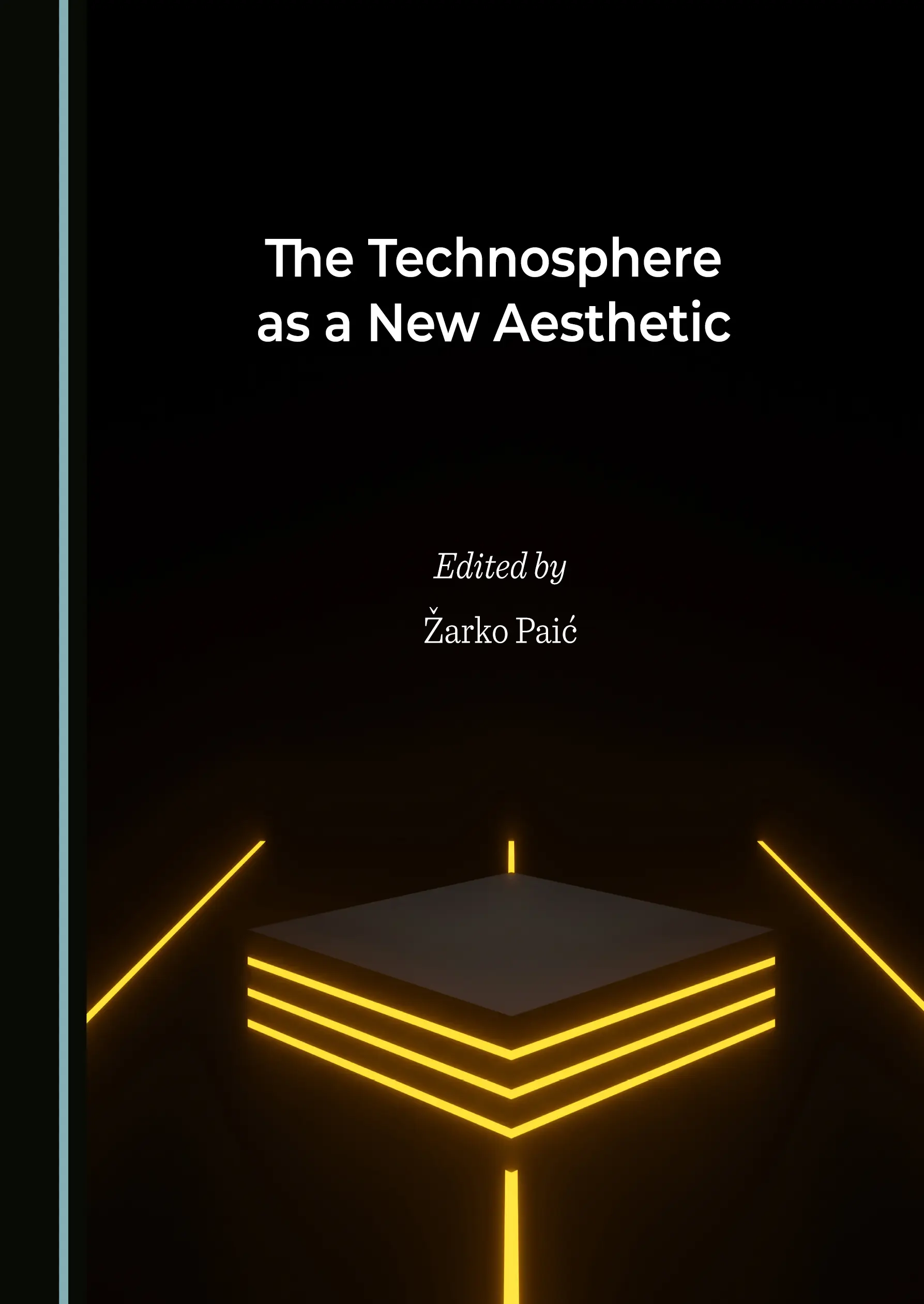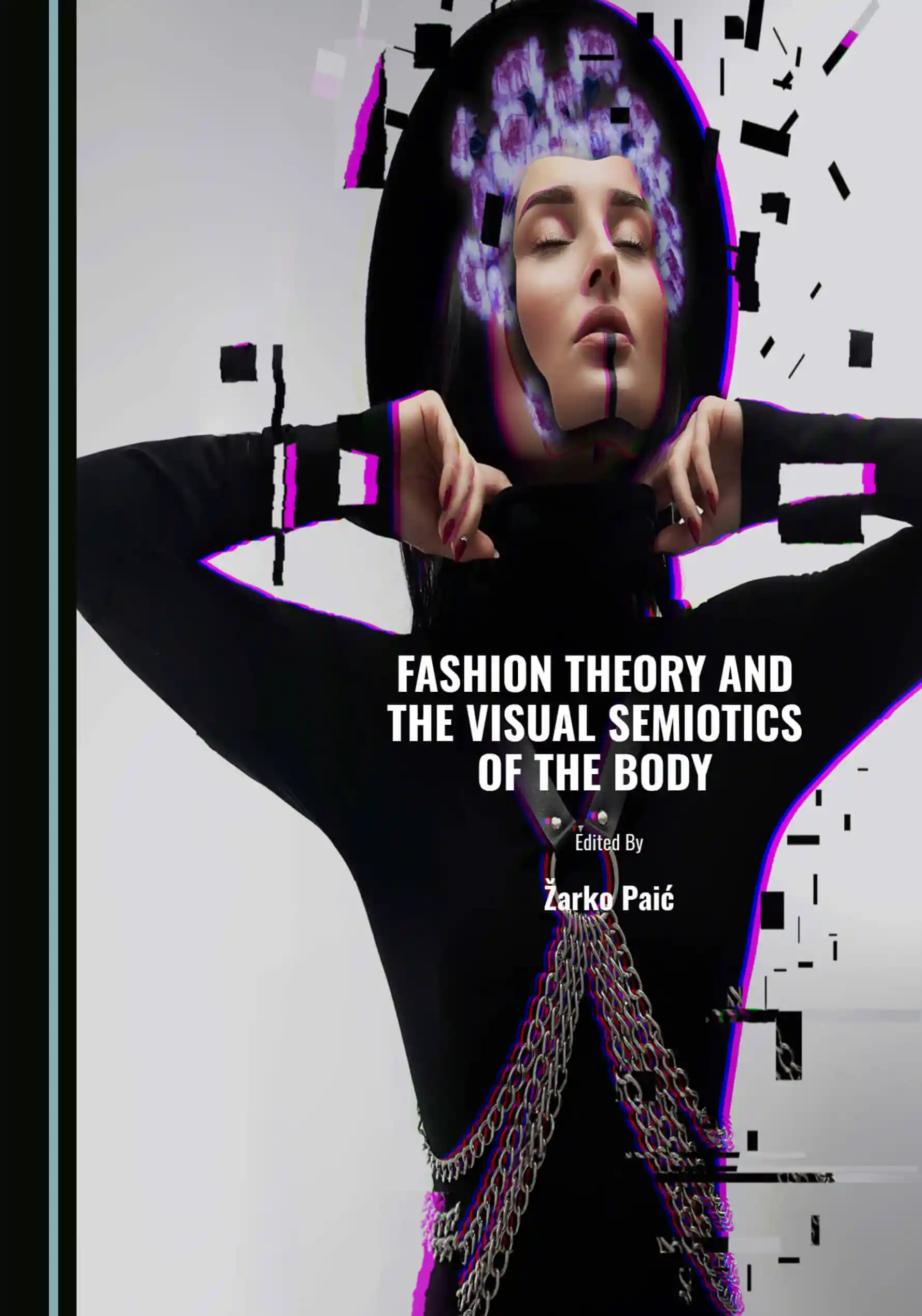
This book uncovers an underlying dispute over the role images play in contemporary society and, consequently, over their values and purposes. Two decades after the concepts of the pictorial and the iconic turn changed our vernacular involvement with regard to images, it has become clear that it was not only a newly discovered social, political or sexual construction of the visual field that brought turbulence into disciplinary knowledge, but that images have their own “pictorial logic” with powers exceeding those that are purely iconic or visually discernible. Instead of underscoring previously defined concepts of the picture, the contributors to this book view visual studies and Bildwissenschaft “merely” as a place for the theory of images, making a case for the hotly-debated topic of their powers and weaknesses on the one hand, and of their respective theories on the other. Therefore, as the title indicates, this book theorizes images, but it does not present a theory of images, because visual studies cannot lead to a unified theory of images unless a unified ontology of images can be agreed upon first. Although that would be a different task altogether, all the contributions in this book (in different ways and at different paces), by theorizing images in their aesthetic, historical, media and technological guises, pave the way for the future of visual culture and for the image science that will make this future more comprehensible.
Based on insight into Foucault’s lectures on biopolitics, which consider the notion of neoliberalism for all future relationships between individuals and society, and the state and the economy, this book shows that the oligarchic model of politics and culture management today is a result of the rise and fall of mass political movements. The ideologies of the end of the twentieth century with which neo-liberalism perfectly establishes a balance are reflected in the combination of technoscience, rational choice and individualism. In this way, the rule is reversed into a cybernetic market as a management model. Today, transnational corporations control the states and their political subjects, with sovereignty rendered an illusion by the obsolescence of the modern project. Since the post-imperial order in the 21st century requires the expansion of total power rather than the fragmentation of freedom, it is necessary to explore the hybrid relationship between economics and politics. The corporate system of activities denotes a subject to all forms of organization of the state and society, from the trade unions to the universities, from institutionalized religion to social welfare and sport. The consequence of this can be seen in the disappearance of the essence of society. This book investigates the logic of world-historical progress from the cybernetic governance system and the new way of legitimizing capitalism in the 21st century to all forms of suspension of fundamental ideas which have marked the politics of modernity.


This book builds on the works of Artaud and Deleuze, setting forth a different way of thinking on the body through the use of a whole new set of conceptual tools. Paić argues that the human body has become obsolete in relation to the development of cybernetics and artificial intelligence, proposing that it can be understood neither as a bare thing nor a machine, but instead as an event.
The concept of White Holes serves both as a metaphor and as a guide for understanding constellations such as the visualization of the body, the corporeal turn, fascination with the digital image, and the technosphere. Through visualization of the body, we reach out to a space of singularity of thought that is not a description of reality, but rather its aesthetic construction. Leading a paradigm shift after the end of metaphysics in cybernetics, Paić argues that phenomenology and psychoanalysis can no longer be credible theoretical orientations for deep insight into what happens when artificial life takes over what remains of the body’s immanence.
The main themes and aims of this book are understanding aesthetics, contemporary art and the end of the avant-garde not from the traditional viewpoint of the metaphysics of the beautiful and the sublime but rather thru close connection to the techno-genesis of virtual worlds. This book tackles problems in contemporary art theory such as the body in space and time of digital technologies, along with other issues in visual studies and image science. Further intentions exhibit the fundamental reasons for the disappearance of the picture in the era of virtual reality starting from the notion of contemporary art as realized iconoclasm; art has no world for its “image”. The author argues that the iconoclasm of contemporary art has severe consequences. This text appeals to philosophers of art and those interested in contemporary art theory.

This handbook brings together the most current and hotly debated topics in studies about images today. In the first part, the book gives readers an historical overview and basic diacronical explanation of the term image, including the ways it has been used in different periods throughout history. In the second part, the fundamental concepts that have to be mastered should one wish to enter into the emerging field of Image Studies are explained. In the third part, readers will find analysis of the most common subjects and topics pertaining to images. In the fourth part, the book explains how existing disciplines relate to Image Studies and how this new scholarly field may be constructed using both old and new approaches and insights. The fifth chapter is dedicated to contemporary thinkers and is the first time that theses of the most prominent scholars of Image Studies are critically analyzed and presented in one place.
W.J.T. Mitchell – one of the founders of visual studies – has been at the forefront of many disciplines such as iconology, art history and media studies. His concept of the pictorial turn is known worldwide for having set new philosophical paradigms in dealing with our vernacular visual world. This book will help both students and seasoned scholars to understand key terms in visual studies – pictorial turn, metapictures, literary iconology, image/text, biopictures or living pictures, among many others – while systematically presenting the work of Mitchell as one of the discipline’s founders and most prominent figures. As a special feature, the book includes three comprehensive, authoritative and theoretically relevant interviews with Mitchell that focus on different stages of development of visual studies and critical iconology.

This book uncovers how we make meaning of abstraction, both historically and in present times, and examines abstract images as a visual language.
The contributors demonstrate that abstraction is not primarily an artistic phenomenon, but rather arises from human beings’ desire to imagine, understand and communicate complex, ineffable concepts in fields ranging from fine art and philosophy to technologies of data visualization, from cartography and medicine to astronomy.
The book will be of interest to scholars working in image studies, visual studies, art history, philosophy and aesthetics.
This edited collection, dedicated to the issue of Homo Kybernetes, sheds light on the genesis and development of opinions about the technosphere as an aesthetic problem par excellence from different points of view. In this sense, the contributions here reflect not only on the cybernetic way of thinking as a condition of the possibility of digital aesthetics, but also on the possibilities of the transition of human sensibility to a different way of bodily existence, starting from transhumanism and the posthuman condition.


In the analysis of the relationship between aesthetics and contemporary art, this book investigates hermeneutics, phenomenology and semiotics when it comes to the notion of the image and its new status concerning avant-garde art, which went in the direction of the analysis of posthumanism/transhumanism. Showing that we must begin to think of the aesthetic construction of the worlds, rather than representing the idea in its eternity, it explains that contemporary art from avant-garde procedures of shock, provocation and experiment enters the area of the metatheory of visualization of the event. From the caves, temples, and cathedrals to the museums of contemporary art and, finally, to the event of creation and enjoyment in a digital simulation, a circle of the historical development of art is closed. The problem is no longer about “what” art is, but “how” we should determine the difference between the aesthetic object and artificial life.
Instead of the logic of representation of fashion in the light of modern society and postmodern culture, this book argues that contemporary fashion should be regarded as a performative-conceptual turn in the very core of body iconograms. The text presents a theoretical perspective of the phenomenon of fashion within fashion theory as establishing a new approach from visual semiotics. Through this lens, fashion, therefore, emerges as a visual code of contemporary societies and cultures in the networked matrices of hyperreality and visions of that coming time that will determine the combination of cybernetics, fetishism and transgression.

© 2024 TVRĐA THEORY, CULTURE AND VISUAL ARTS